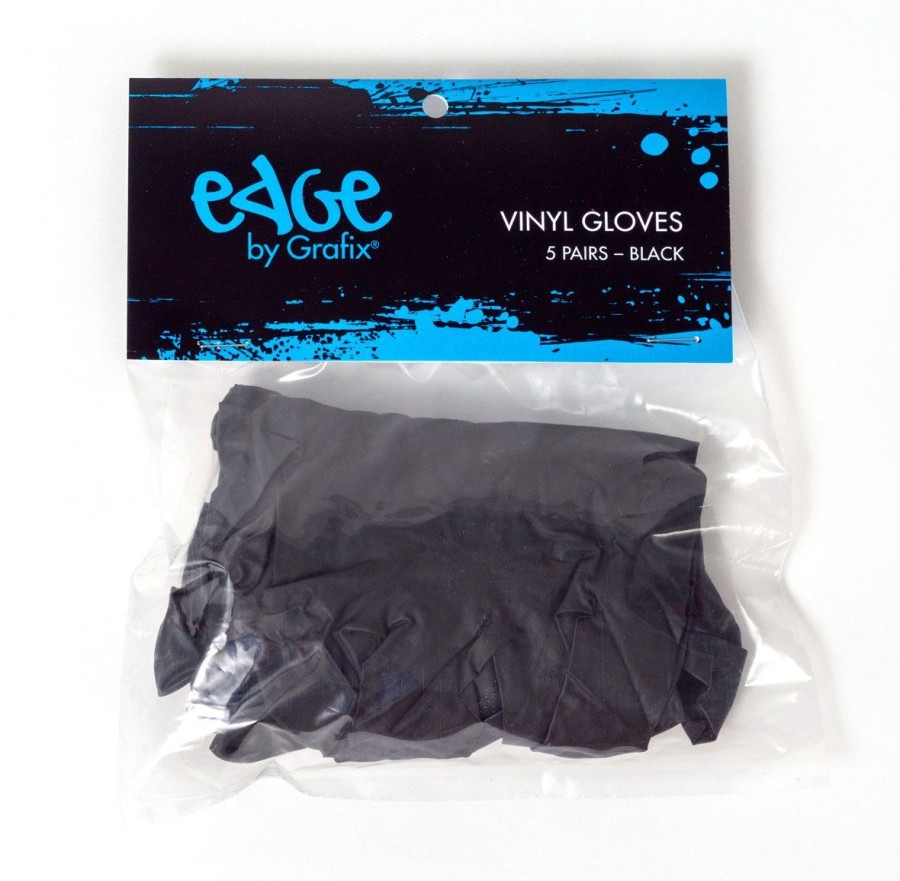Paint & Brushes Mr Graham Oil Paint Products | M. Graham Solvent Free 5 Colour Oil Set
$130.27 $86.00
Paint & Brushes Mr Graham Oil Paint Products | M. Graham Solvent Free 5 Colour Oil Set

This Oil Colour Enables Delicate Passages Of Finely Blended Colour That Will Retain Brilliance Over Time To Make Your Art Last In An Attractive Condition.
Oil Colour Made From Walnut Oil Possesses A Unique Refractive Index And Non-Yellowing Nature That Produces A More Naturally Alive And Brilliant Colour, Giving Your Work A Fresher Look.
In Addition, Walnut Oil Increases Each Colour’S Pigment, Resulting In Extraordinary Richness, Colour Saturation, Brilliance And Tinting Strength.
Oil Painting Without Solvents Instruction:
The Best Approach To Solvent-Free Painting Is To Execute The Painting In One Application, Thinning The Colour With A Small Quantity Of Walnut Oil Or Walnut Alkyd Medium. For The Most Remarkable Permanence, The Colours Should Be Applied Thinly. When Multiple Layers Of Paint Are Required, The Technique Is Quite Simple If A Few Rules Are Remembered.
Fat Over Lean – Or Flexible Over Inflexible. The First Coat Of Colour Should Have Little Or No Medium. Each Successive Layer Should Add Slightly More Oil Or Medium Than The Underlying Coat.
Thick Over Thin – Thicker Layers Of Colour Can Be Applied Over Thinner Layers Of Paint. Often When Thin Layers Of Colour Are Applied Over Thicker Layers, Cracking Can Occur. Note: Glazes Used With Appreciable Quantities Of The Medium In Exceptionally Thin Layers Are An Exception To This Rule.
Slow Over Fast – Slow-Drying Colours, Such As Titanium White, Cadmium Red, Etc., Should Be Applied Over Faster-Drying Colours, Such As Burnt Umber, To Avoid Cracking. In Addition, Sufficient Time Should Be Allowed For The Underlying Layer To Dry Thoroughly.
Use A Sufficiently Porous Ground With “Tooth”…Oil Colours Adhered By Mechanical Adhesion. This Requires A Ground Coat With Some Surface Irregularity That The Oil Can Sink Into. Gesso Should Be Applied Thinly To Preserve The Surface’S Texture For The Colour’S Adhesion.
Use The Same Medium Throughout The Painting…This Will Help To Avoid Difficulties In The Painting Structure That Can Lead To Cracking Due To Uneven Drying Rates.
Solvent-Free Brush Cleaning
To Avoid Solvents While Cleaning, Use Walnut Oil Instead Of Turpentine Or An Odourless Mineral Spirit. Walnut Oil Removes Colour From Brushes And Tools As Effectively As Solvent. Walnut Oil Is A Natural Vegetable Oil That Does Not Evaporate Or Remove Essential Oils From The Brush.
To Clean Brushes While Painting, Keep Two Jars (One “Dirty” And One “Clean”) Filled With Walnut Oil – A Small Piece Of Screening Can Be Held In The Jar Bottom To Facilitate The Removal Of Colour From The Brush. As It Becomes Necessary To Clean, Dip Your Brush Into The First Jar Of Oil, Rubbing It To Dislodge Any Colour And Wipe The Oil From The Brush On The Inside Lip Of The Jar. Repeat A Few Times, Then Dip The Brush Into The Second Jar To Remove Any Remaining Colour. A Final Wipe On The Inside Jar Lip To Remove Any Leftover Oil Completes The Process.
Reminder: Immediately After Use, Dispose Of Contaminated Waste In A Sealed, Water-Filled Metal Container. If Improperly Discarded, Rags, Steel Wool, Or Other Waste May Spontaneously Combust When Combined With Vegetable Drying Oils And Artists’ Products Made With Them.</P
Be the first to review “Paint & Brushes Mr Graham Oil Paint Products | M. Graham Solvent Free 5 Colour Oil Set” Cancel reply
Related products
Art Accessories | Painting Tools
Paint & Brushes Grafix Grafix Painting Accessories | Tools | Grafix Edge Vinyl Gloves, Black 10-Pack
Paint & Brushes
Paint & Brushes Spectra Fix Spectra Fix Pastel Fixative | Spectra Fix Instagrit 60Ml (2Oz)
Inks | Calligraphy | Sticks | Sets
Krylon Varnish | Uv Coating | Fixatif
Krylon Varnish | Uv Coating | Fixatif
Inks | Calligraphy | Sticks | Sets
Inks | Calligraphy | Sticks | Sets


















Reviews
There are no reviews yet.